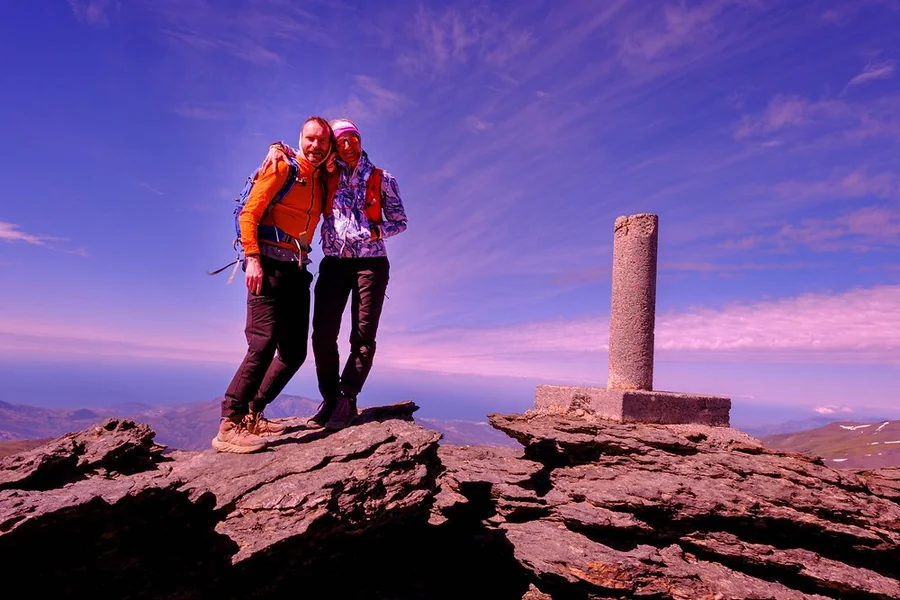
Hikers are advised to carry adequate gear, including windproof clothing, as weather conditions can shift rapidly. Each route offers distinct experiences, from the tranquil beauty of meadow-filled trails to the rugged majesty of craggy ascents. Selecting the appropriate trail depends on fitness levels, available time, and weather forecasting. Experienced guides are also available for hire to ensure safety and maximize enjoyment for visitors unfamiliar with the area.
Exploring the Northern and Southern Approaches
Mount Mulhacén, the highest peak in mainland Spain, offers two distinct routes to its summit: the Northern and Southern Approaches. Each approach caters to different preferences and levels of expertise while providing remarkably varied landscapes and challenges.
The Northern Approach begins in the town of Trevélez, which is Europe’s highest-altitude village. This route is renowned for its rugged terrain and steeper gradients, making it ideal for seasoned hikers seeking a demanding ascent. Along the way, adventurers pass through alpine meadows and glacial cirques, offering unparalleled opportunities for photographing the dramatic landscapes of the Sierra Nevada. For those embarking on multi-day hikes, refugios such as Refugio de la Caldera provide essential rest and shelters.
Conversely, the Southern Approach typically originates from Capileira or Hoya del Portillo, offering a more gradual ascent and relatively milder slopes. It is well-suited for beginner to intermediate hikers or those seeking a less strenuous journey. This route showcases the region’s characteristic Mediterranean flora and parallels the lush Poqueira Gorge, with captivating views throughout. Many opt to drive partway up before starting their trek, taking advantage of the frequently used dirt roads leading toward the summit.
Seasonal conditions significantly influence both approaches. Snow often renders the Northern Approach more challenging during winter months, while the Southern route remains accessible most of the year. Wildlife enthusiasts may encounter species such as the Spanish ibex along either route. Both paths lead hikers to the same reward—a panoramic view from the peak, stretching from the Granada plains to the Moroccan coastline on clear days.
Choosing between these two routes ultimately depends on fitness levels, personal preferences, and the time of year, allowing every hiker a unique experience.
Best Times to Visit: Understanding Mulhacen’s Climate
Mount Mulhacen, the highest peak on the Iberian Peninsula, experiences a range of climatic conditions that vary seasonally and influence the best times for outdoor activities. Located within the Sierra Nevada mountain range in Spain, its high-altitude terrain creates specific weather patterns that hikers and nature enthusiasts must consider before planning their visit.
Seasonal Climatic Overview
- Summer (June to September): Summer typically provides favorable conditions for trekking and climbing. Sunshine dominates, and temperatures are milder at higher elevations, although daytime highs at lower altitudes can be intensely warm. Extended daylight hours make it ideal for longer hikes. However, it is crucial to remain prepared for sudden weather shifts, as alpine storms could occur unexpectedly.
- Fall (October to November): Autumn witnesses cooler temperatures and is marked by a gradual decline in visitor numbers. Fall foliage adds an aesthetic appeal to the landscapes, making it a picturesque time for exploration. Nonetheless, temperatures begin to drop rather noticeably in mid-to-late autumn, and snowfall may occur, signaling the start of winter conditions.
- Winter (December to February): Winter on Mount Mulhacen is characterized by heavy snowfall and frigid conditions. The snow transforms the region into a haven for winter sports enthusiasts, but ascending the peak is challenging and suited only to properly equipped climbers familiar with harsh alpine conditions. Avalanche risks and icy trails present additional hazards during this period.
- Spring (March to May): Spring offers thawing landscapes and moderate temperatures ideal for mid-level hikers. Snow lingering from winter often lends dramatic vistas, but paths may become wet and muddy. The weather is generally unpredictable, with rain showers interspersed with clearer days, encouraging visitors to pack adequate gear.
Key Weather Considerations
Visitors must account for significant temperature fluctuations between daytime and nighttime. Due to Mulhacen’s altitude, even summer nights can be chilly. Winds at high elevations intensify the cold, emphasizing the importance of layered clothing. Even less altitude mountain like Lobuche peak and Island peak winds at high eleveations intensify the cold. Precipitation patterns also bear relevance, with wetter conditions prevalent during fall and spring.
Hikers targeting clear conditions should stay updated with local forecasts, as the region is prone to sudden changes influenced by its elevation. Altitude sickness is another potential risk and warrants acclimatization procedures for individuals ascending the peak.